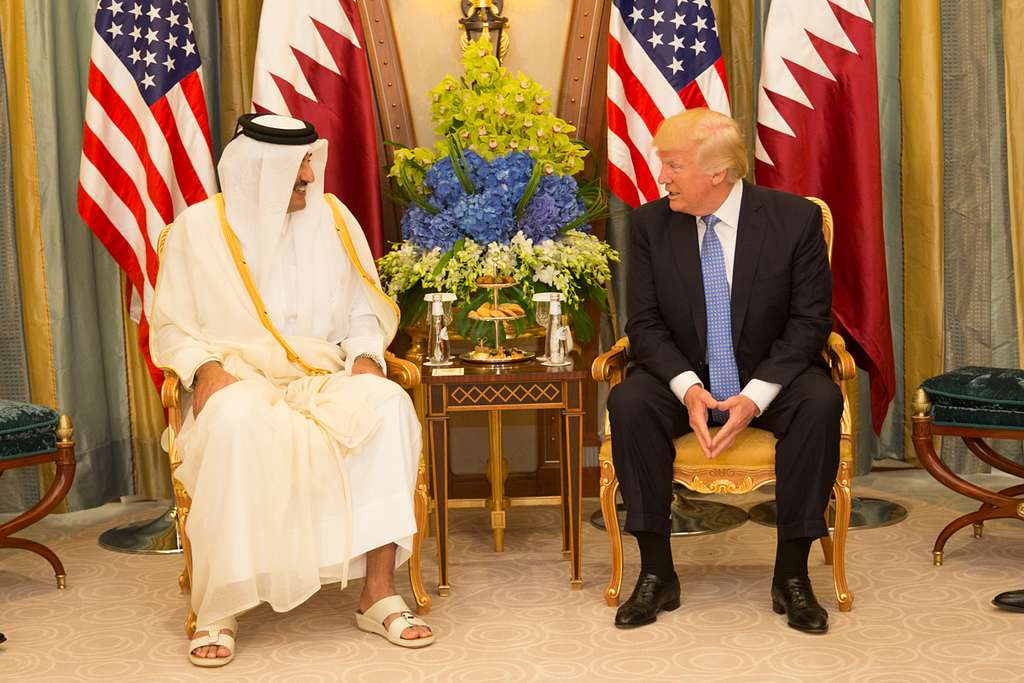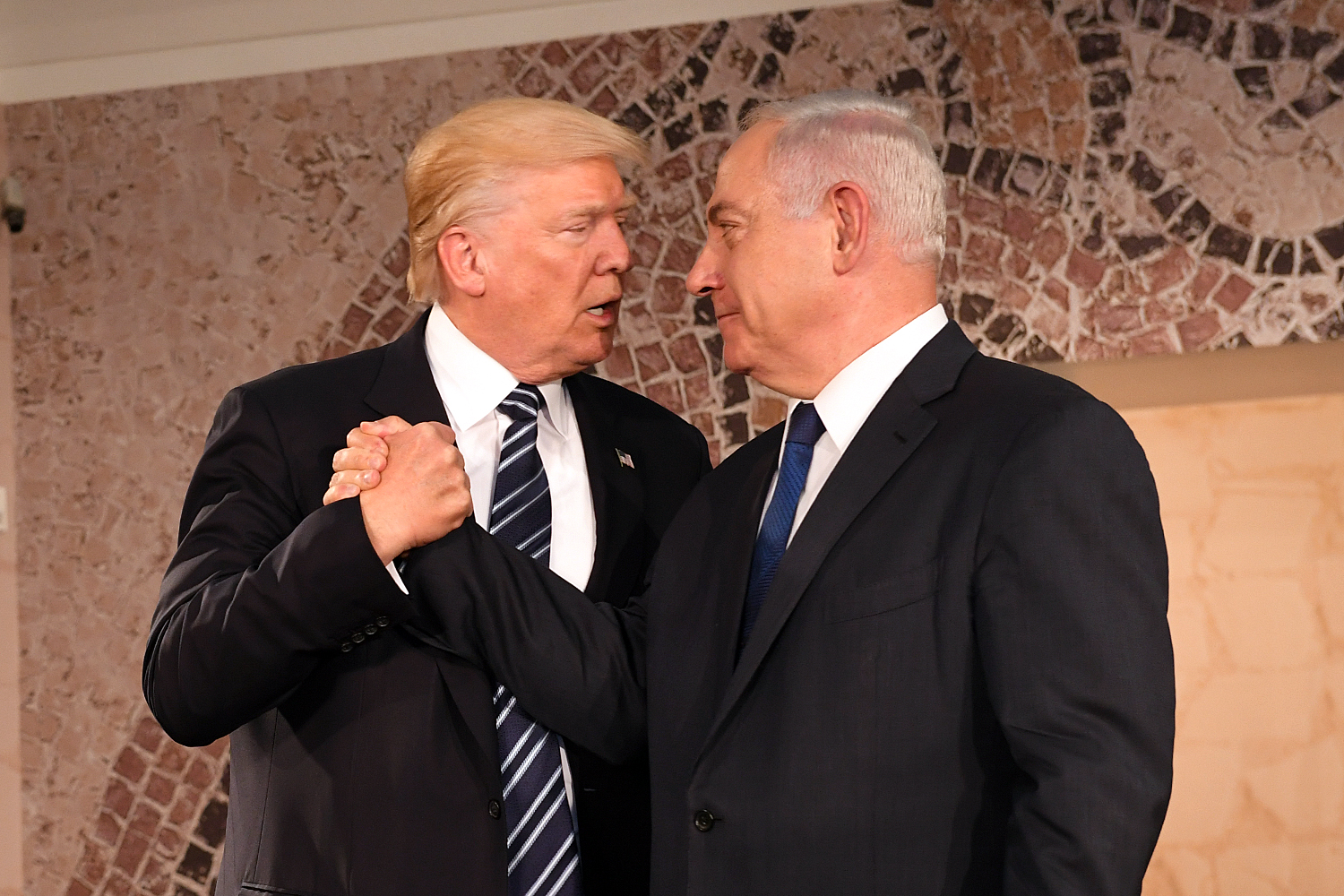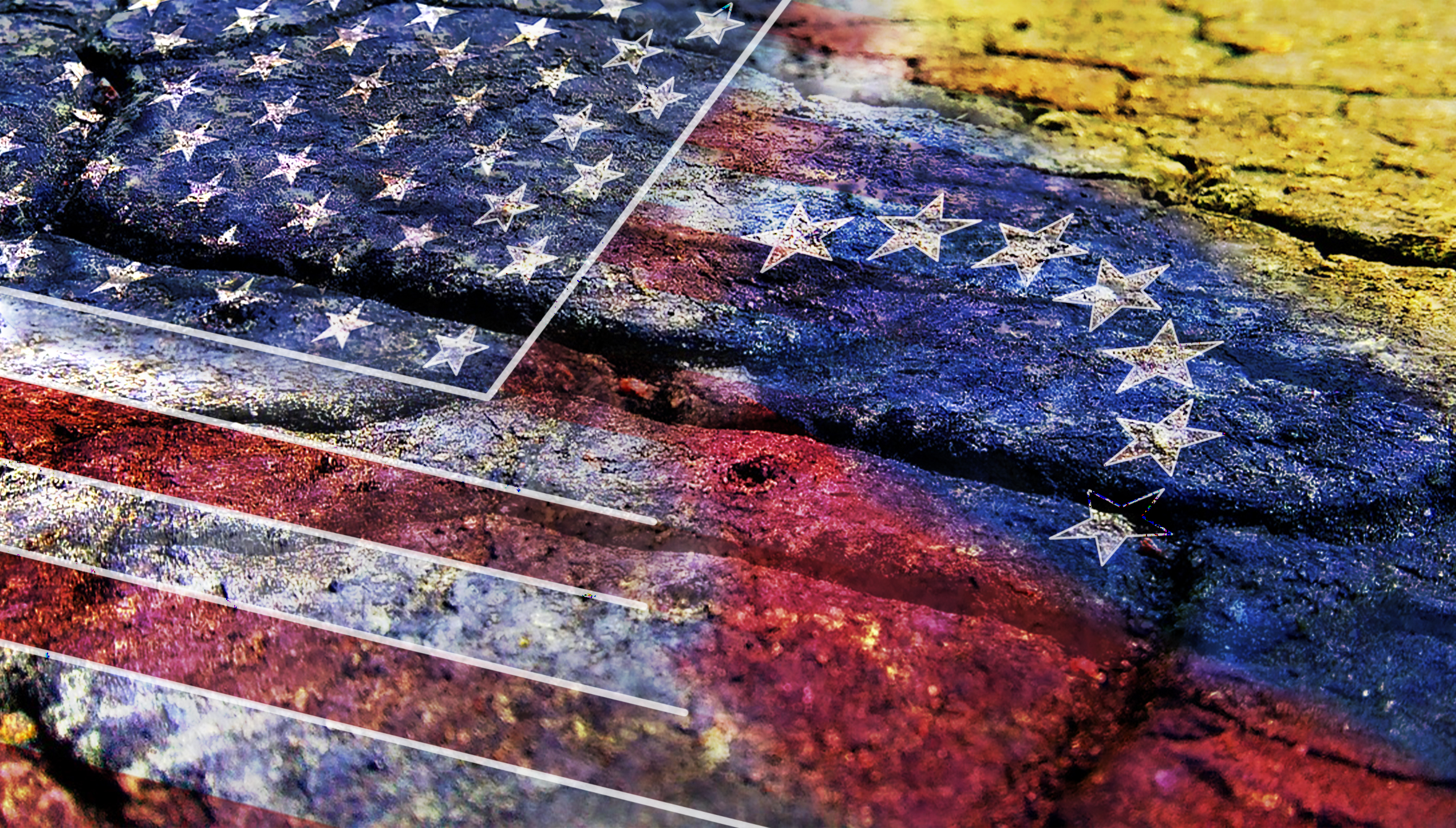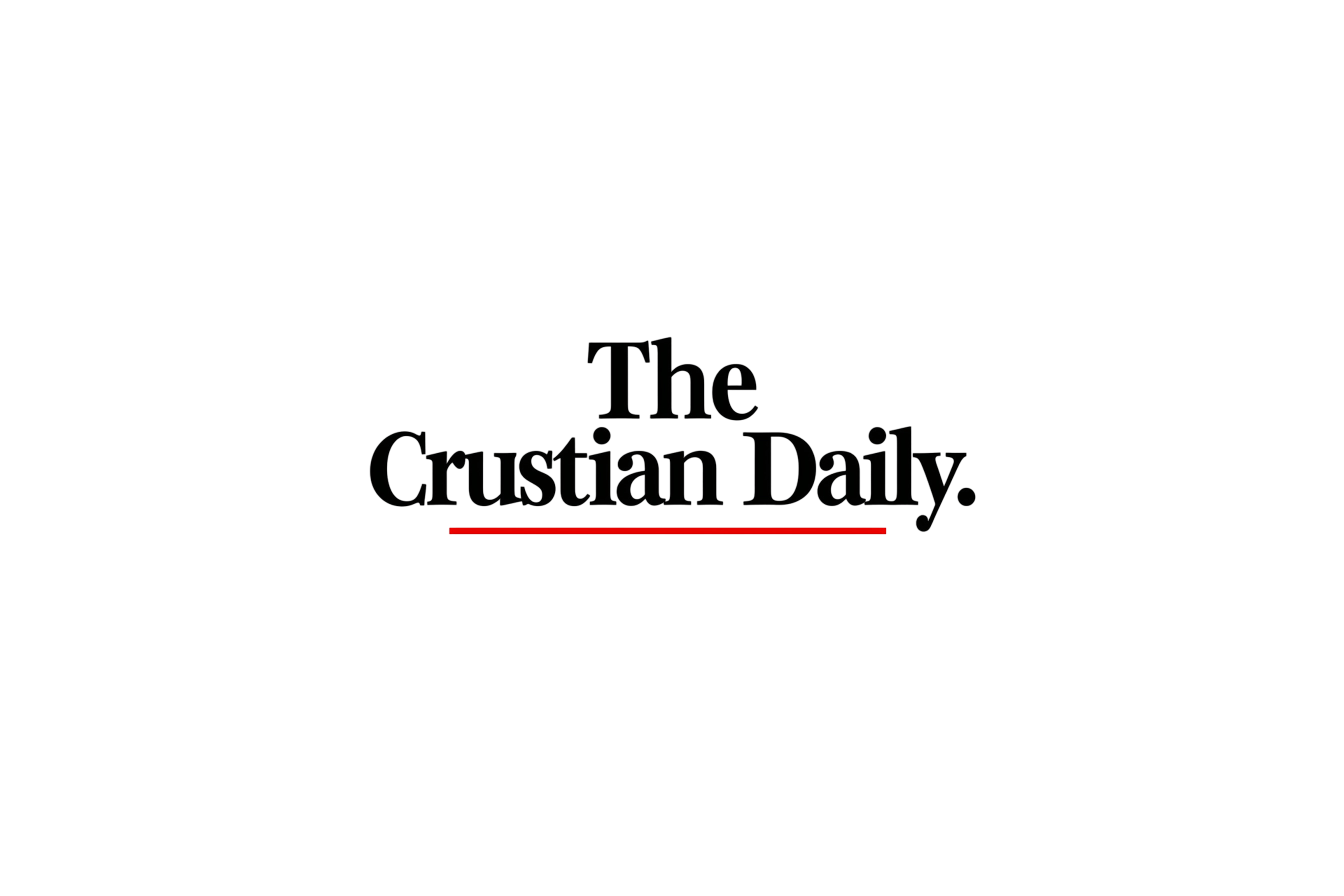The press briefing room at the White House has always been a stage. But never before has it been this literal. What used to be a space for hard questions and uncomfortable answers is now a curated set, outfitted with LED screens, controlled lighting, and reserved seating for influencers who pledge loyalty over scrutiny. The Associated Press was barred after refusing to use the term “Gulf of America.” Others simply didn’t get invites. Legacy media, once part of the core White House press corps, has been systematically replaced by those willing to perform instead of report.
Weeks before the redesign, President Trump stood at the Department of Justice and said out loud what authoritarians usually save for private rooms: that negative coverage of him is illegal. Not incorrect. Not biased. Illegal. DOJ officials were reportedly asked to monitor critical outlets, with Trump explicitly naming CNN and MSNBC as media entities that “shouldn’t be allowed to operate.” These weren’t offhand remarks; they were a declaration of intent.
This marked the shift from insult to policy. The phrase “fake news” has long been used by Trump to dismiss inconvenient stories, but it has now evolved into a framework for state action. The administration ignored a federal court order requiring the reinstatement of the Associated Press’s access. FCC investigations into CBS, ABC, and NBC for alleged bias are underway. Meanwhile, public broadcasters NPR and PBS are facing budget reviews that clearly signal retaliation. Taken together, these actions form the clearest picture yet of an administration testing how far it can go in criminalizing dissent.
Inside the West Wing, the old press pool structure has been dismantled. Where once the Correspondents’ Association managed access and coverage protocols, now the Trump regime handpicks its own attendees. These are not journalists in any traditional sense; they’re social media influencers, YouTubers, podcasters, and conservative media personalities. Many are given direct access to the president or administration talking points before briefings. Their role is not to question power, but to echo it.
The newly designed briefing room has been described by insiders as part studio, part stage, part loyalty checkpoint. There are branding elements throughout, high-production visuals that resemble a campaign headquarters more than a seat of government. Traditional outlets are boxed out entirely. When they do appear, they are heckled or ignored.
Meanwhile, independent journalists and foreign press are increasingly hesitant to challenge the administration for fear of losing access or worse, being labeled hostile actors. There have already been instances of foreign correspondents being delayed or denied credentials after publishing critical pieces. In a country that once exported the idea of a free press, America now finds itself importing the mechanisms of media control.
Trump’s tactics are not without precedent. They borrow liberally from authoritarian regimes, where loyalty tests for media figures are standard. But the novelty in the American context is how normalized this has become. Every new violation is met with mild shock, followed by resignation. The media covers its own censorship, and the public scrolls on.
The Democratic response has been muted. While a few members of Congress have expressed concern, the party leadership has offered little more than vague statements defending free speech. There has been no sustained legislative pushback, no committee hearings, no attempt to pass laws defending press access or penalizing executive overreach. For a party that frames itself as the last line of defense against authoritarianism, this silence is deafening.
Courts, too, are discovering their rulings can be openly defied. The White House has ignored injunctions and delayed compliance. The Department of Justice has become increasingly politicized, hesitating to pursue contempt charges that would once be routine. There is an implicit test underway: if the president can ignore a court order and nothing happens, why wouldn’t he do it again?
This is not just a story about media access. It’s about power, narrative, and the erosion of democratic norms. A president who believes criticism is illegal is not defending himself; he is declaring war on accountability. A government that punishes journalists is not defending free speech; it is curating propaganda. And a public that lets it happen without resistance is not free; it is anesthetized.
This isn’t media reform. It’s a media purge. A deliberate campaign to replace adversarial journalism with personality-driven loyalty content. The White House isn’t hiding it. They’re livestreaming it. In high definition. With graphics. And for now, no one’s stopping them.
Author
Discover more from The Crustian Daily
Subscribe to get the latest posts sent to your email.












